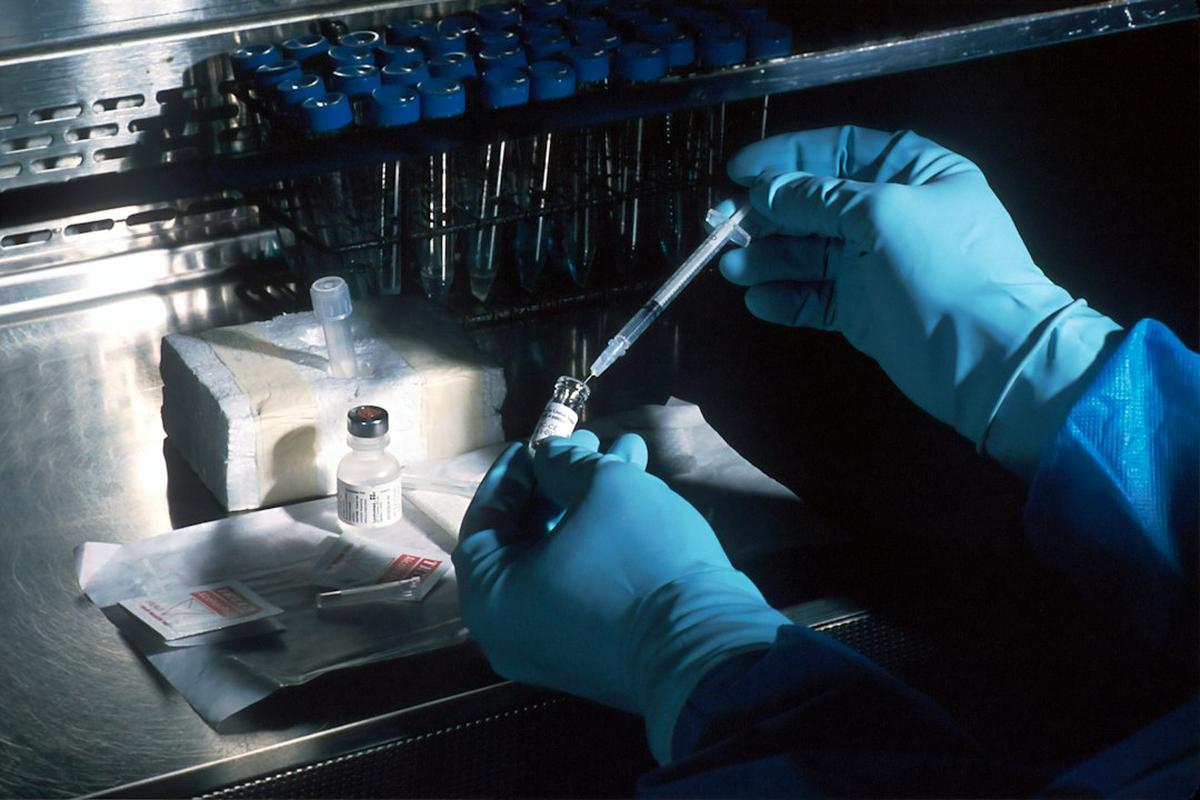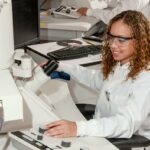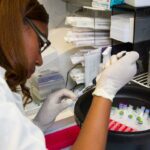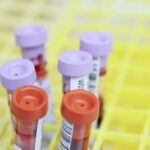In the world of forensics and genealogy, DNA testing has become a crucial tool, offering insights into our biological relationships and genetic predispositions. The process involves analyzing specific regions of a person’s DNA to identify unique patterns that can be compared with others. However, a question that often arises is whether DNA can ever be a 100% match. This article delves into the science behind DNA testing, the concept of a 100% match, and the factors that can influence the accuracy of these tests.
Understanding DNA Testing
The Science Behind DNA Testing
DNA testing is based on the principle that every individual carries a unique genetic code. This code is a combination of DNA sequences inherited from both parents. DNA tests analyze specific regions, or loci, of this code to identify patterns that can be compared with others.
Different Types of DNA Tests: Cheek Swabs and Blood Tests
There are various types of DNA tests, including cheek swabs and blood tests. Cheek swabs are non-invasive and convenient, making them the most common method for DNA collection. Blood tests, on the other hand, are more invasive but can provide a larger sample for analysis.
The Importance of Medical Setting in DNA Testing
The setting in which a DNA test is conducted can significantly impact its accuracy. In a medical setting, stringent protocols are followed to prevent contamination and ensure the integrity of the sample. Moreover, trained professionals handle the process, further enhancing the reliability of the results.
The Concept of 100% Match in DNA Testing
Explaining the ‘100% Match’ in DNA Testing
When we talk about a ‘100% match’ in DNA testing, it refers to an exact match of the specific loci being tested between two DNA samples. However, it’s important to note that this doesn’t mean the entire genetic codes of the two individuals are identical.
Factors Influencing the Accuracy of DNA Testing
Several factors can influence the accuracy of DNA testing. These include the quality of the DNA sample, the number of loci tested, and the methodology used for analysis. Errors can also occur during sample collection, transportation, and storage.
DNA Paternity Testing: An In-depth Look
How DNA Paternity Testing Works
DNA paternity testing compares the DNA of a child with that of the alleged father. By analyzing specific loci, the test can determine whether the child inherited DNA from the alleged father, thereby establishing a biological relationship.
The Accuracy of DNA Paternity Testing
DNA paternity tests are highly accurate, often providing a probability of paternity that’s 99.99% or higher. However, it’s important to remember that while these tests are extremely reliable, they are not infallible.
Legal Implications of DNA Paternity Testing
DNA paternity tests have significant legal implications. They can be used to establish paternity for child support, custody, inheritance, and immigration cases. However, for the results to be legally admissible, the test must be conducted under a strict chain of custody.
The Role of Genetic Variations in DNA Testing
Understanding Genetic Variations
Genetic variations refer to differences in the DNA sequence among individuals. These variations can affect the results of DNA tests, as they can cause differences in the loci being analyzed.
Impact of Genetic Variations on DNA Test Results
Genetic variations can make DNA testing more complex. For instance, if a rare variation occurs at a locus being tested, it can lead to a mismatch, even if the individuals are related. Therefore, it’s crucial for DNA testing labs to consider these variations when interpreting the results.
Cases Where DNA May Not Be a 100% Match
Identical Twins and DNA Testing
Identical twins share 100% of their DNA because they originate from the same fertilized egg. Therefore, standard DNA tests cannot differentiate between them, making it impossible to establish a 100% match in cases involving identical twins.
Chimerism and DNA Testing
Chimerism is a rare condition where an individual carries two sets of DNA. This can occur when two embryos fuse together or when an individual receives a bone marrow transplant. In such cases, DNA testing can yield unexpected results, as different tissues may carry different DNA.
The Margin of Error in DNA Testing
Factors Contributing to Errors in DNA Testing
Errors in DNA testing can occur due to various reasons, including sample contamination, human error, and technical issues with the testing equipment. Moreover, as mentioned earlier, genetic variations can also lead to mismatches.
Ways to Minimize Errors in DNA Testing
To minimize errors in DNA testing, it’s crucial to follow stringent protocols during sample collection, transportation, and storage. Moreover, labs should use advanced methodologies for analysis and consider genetic variations when interpreting the results.
The Future of DNA Testing
Advances in DNA Testing Technology
With advances in technology, DNA testing is becoming more accurate and comprehensive. For instance, next-generation sequencing allows for the analysis of the entire genome, providing a wealth of information beyond the specific loci tested in traditional methods.
The Potential for 100% Accuracy in Future DNA Testing
While a 100% match in DNA testing is currently not possible due to various factors, the future holds promise. With continued advancements in technology and a better understanding of genetic variations, we may one day achieve 100% accuracy in DNA testing.
Closing Notes
Closing Notes, while DNA testing is highly accurate, it’s not infallible. The concept of a 100% match is complex and influenced by various factors, including genetic variations and the potential for error. However, with ongoing advancements in technology, the future of DNA testing looks promising, potentially bringing us closer to achieving a 100% match.
Frequently Asked Questions
What is a 100% match in DNA testing?
A 100% match in DNA testing refers to an exact match of the specific loci being tested between two DNA samples. However, this doesn’t mean the entire genetic codes of the two individuals are identical.
How accurate is DNA paternity testing?
DNA paternity tests are highly accurate, often providing a probability of paternity that’s 99.99% or higher. However, they are not infallible.
Can DNA testing differentiate between identical twins?
No, standard DNA tests cannot differentiate between identical twins as they share 100% of their DNA.
What is chimerism and how does it affect DNA testing?
Chimerism is a rare condition where an individual carries two sets of DNA. This can lead to unexpected results in DNA testing, as different tissues may carry different DNA.
What factors can lead to errors in DNA testing?
Errors in DNA testing can occur due to various reasons, including sample contamination, human error, technical issues with the testing equipment, and genetic variations.
Is it possible to achieve 100% accuracy in DNA testing in the future?
While a 100% match in DNA testing is currently not possible due to various factors, the future holds promise. With continued advancements in technology and a better understanding of genetic variations, we may one day achieve 100% accuracy in DNA testing.
References:
- Butler, J. M. (2015). Advanced topics in forensic DNA typing: methodology. Academic Press.
- Jobling, M. A., Gill, P. (2004). Encoded evidence: DNA in forensic analysis. Nature Reviews Genetics, 5(10), 739-751.
- Kayser, M. (2017). Forensic DNA Phenotyping: Predicting human appearance from crime scene material for investigative purposes. Forensic Science International: Genetics, 18, 33-48.
- Treadwell, S. (2019). DNA Testing: An Introduction For Non-Scientists. Elsevier.
- Van Oorschot, R. A., Ballantyne, K. N., Mitchell, R. J. (2010). Forensic trace DNA: a review. Investigative Genetics, 1(1), 14.








